The second-hand dress markets have turned into a rich digital ecosystem. Along with taking priority to consumed consumerism on growth and stability, pre-owned fashion is no longer a fringe trend-this is the future of retail, making second hand clothes app development more relevant than ever.
According to industry reports, the global second-hand apparel market is estimated to be US $ 197 billion and is estimated to increase by $ 100 billion by 2026. Leading platforms such as ThredUp, Depop, and Vinted have revolutionized how people buy and sell; on the other hand, fabric apps increase development. (Statista)
Whether you are an entrepreneur or a fashion brand, now is the right time to develop thrift shopping app and tap into this profitable, purpose-operated market.
If you are looking for how to create a clothing app that is scalable, spontaneous and revenue-generating, then this eCommerce app development guide is your initial point.
Why invest in a thrift shopping app in 2025?
Digital thrift shopping is not just a trend – this is a change in how consumers connect with fashion. Why the second-hand clothes app development is a smart step in today’s scenario:
Sustainable fashion demand
Consumers are actively looking for environmentally friendly options for rapid fashion. Buying pre-owned items helps reduce textile waste, carbon emissions and overproduction of new clothing.
Mobile-First Shopping Culture
Most of the fashion shopping is now happening through a smartphone, having a dedicated mobile platform increases the busyness of the user and increases sales. A clothing app allows eCommerce app development company to meet customers where they are already on their equipment.
Proven profitability
If you consider to develop an app like ThredUp and Poshmark generate revenue through several streams:
I: Sales Commission
II: Listing fees and seller membership
III: Specially displayed product promotion
IV: Fulfill and Logistics Ad-on
The right approach to second-hand clothes app development can help you create a high-profit, take-capable resale business.
How to start a used clothing business digitally?
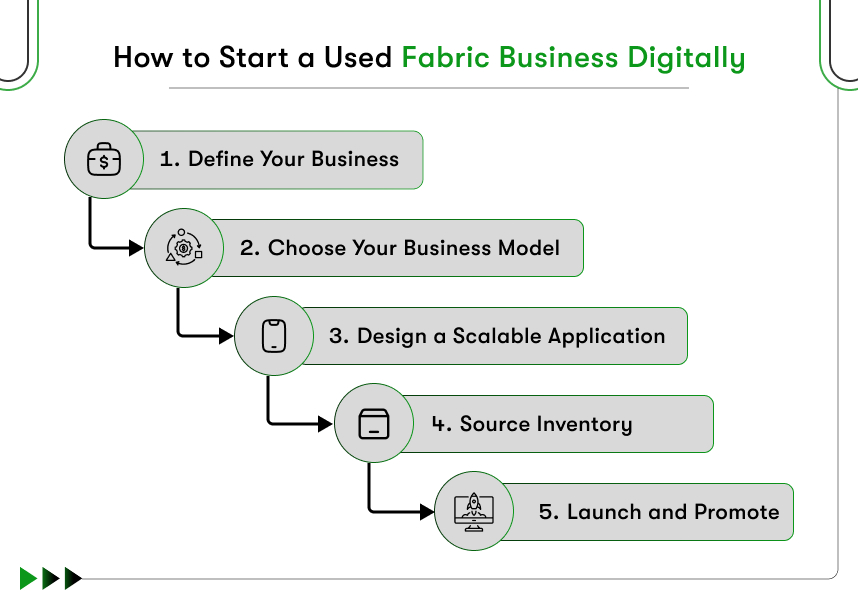
Launching a resale eCommerce App Solution is a smart and scalable approach to enter the fashion take space. Here is strategic plan of how to create a clothing app and launch your own resale app:
1. Define your niche
Choose your targeted market and product focus:
i: Daily-wear fashion
ii: Designer resale
iii: Vintage or retro styles
iv: Children and maternity wear
v: Plus size or special clothes
Defining a niche helps you stand out and serve your audience better.
2. Choose your business model
Consider ThredUp Business Model as a prime example. They run a managed marketplace – everything from intake and inspection to pricing and shipping. Alternatively, you could go for other eCommerce business models where the user himself handles listing and delivery. Each of those models has its own set of pros and cons, depending on your resources and objectives.
3. Design a scalable application
To achieve digital success, you will need to develop an app like ThredUp, which have the following features:
A) Seamless user registration
B) Spontaneous seller dashboard
C) Product listing with high resolution images and tags
D) AI supported recommendations
E) Safe payment integration
F) Return and refund options
G) Admin panel for analytics and material management.
This is your tailor-made solution to take your platform to a polished, sharp and comfortable user experience.
4. Source Inventory
On the basis of model:
I: Accept individual sellers’ presentations
II: Partner with local thrift shops or boutiques
III: Launch a mail-in program with quality check
Collectively ensure that your second-hand clothes app development has an entire range of curated products at the beginning.
5. Launch and promote
Build a buzz before launching through impressive cooperation, referral programs and stability-centered marketing. Focus on retention through post-launch, loyalty awards and personal purchasing experiences.
If you are planning to develop thrift shopping app, it is important for long-term success to focus on experience, purpose and trust-building facilities.
Understanding professional models
When planning to develop an app like ThredUp, it is important to understand its business model. ThredUp is a managed online consignment and thrift store, a hybrid marketplace where they make most of the actual sales for users.
Here is a breakdown of how it works:
Clean the kit
The sellers order a kit or print a prepaid label, fill it with the fabric used gently, and send it to the ThredUp.
Item processing
Once obtained, the inspection of the ThredUp lists photos, prices, and apps and items on the website.
Commission based revenue
ThredUp earns a commission on each sale. The percentage varies depending on the value of the item. Once the items are sold, vendors are paid.
Order supply
The platform handles packaging, shipping, returns and customer service – a spontaneous buyer uses experience.
Recycling and stability
Unacceptable or unusual items are either returned to the seller or recycled responsibly, strengthening the eco-conscious brand identity of the ThredUp.
This second-hand clothes app development business model provides convenience and confidence, especially for users who do not want to manage listing or communication. If you plan to develop thrift shopping app with similar convenience and control, it is an ideal model to repeat or adapt.
Key Features of a Second-Hand Clothing App
When picking up clothes selling apps development for second-hand clothing, it is necessary to provide a smooth and reliable experience. Today’s users expect more than only one market – they expect facilities, privatization and smart tools that increase every conversation. Here are the features necessary to consider for your second-hand clothes app development:
1. Smart Seller Onboarding and Listing Automation
Make the listing process easy to start for vendors. With AI in eCommerce, the app can automatically identify product types, suggest categories, and only recommend values limitations from one photo. Directed listing phases ensure stability in the quality and details of the item, reduce errors and increase the confidence of the seller.
2. Personal search experience for buyers
Help buyers to find out what they like with a dynamic, personal shopping feed. By analyzing browsing habits, Wishlist activity and previous purchases, your app can cure highly relevant recommendations. Add trending collections, “new arrival,” and daily pics to encourage browsing and increase purchase frequency.
3. Artificial Intelligence pricing with auto-linked options
Sellers are quite often disoriented by exactly the right pricing for their items. With the help of Predictive Analytics in eCommerce, integrate a smart pricing engine which will suggest price points for the same listing positions and brands. Alternatively, provide a sure auto-controversial pricing feature, which will continue lowering the price until it gains visibility and, thereby, sales.
4. Standard Status Label and Quality Check
Trust is everything in second-hand retail. Apply a position grading system – such as “new,” “new,” or “worn gently” – with the tag. A structured quality checklist ensures uniform standards during listing and gives buyers confidence to shop easily.
5. AI-managed photo enhancer
Empower vendors to upload professional-looking photos without the need for editing skills. A built-in AI image enhancer can automatically adjust shine and remove the background, and the product can speed up image listing to seem clean and attractive, which greatly improves engagement.

6. Bundle and wholesale discounts
“Buy 2 get 1 free” or discounts on multiple items. Customers can also create their own bundles with just one store to curb freight expenses. This raises average order value and helps vendors clear out inventory more quickly.
7. Safe Payments Checkout
A good payment mechanism should have the buyer’s money in escrow before fulfilment until confirmation. That creates trust and removes possible aspirins from both parties. Payment method flexibility should also be allowed, including credit cards, digital wallets, or store credits.
8. Incorporate Shipping and Label Generation
Integrate the logistics with shipping organizations. The seller will create shipping labels straight from the application while enjoying real-time updates with the buyer as regards tracking. Prepaid return labels or greater flexibility in delivery options could be other solutions.
9. Easy returns and dispute solutions
Returns are unavoidable – yet in resale. Create a structured return with clear eligibility rules, photo-based problem reporting and a timeline for resolutions. An underlying dispute management system helps to resolve the issues quickly and fairly, improving the platform’s reliability.
10. Seller reputation and item transparency
Build trust with a transparent seller rating system based on reviews, response time and supply accuracy. Buyer items can see history, such as combining the number of ideas, choices or Wishlist, which adds social evidence and helps to inform the purchase decisions.
11. Referral and loyal program
Encourage the purchase of development and repeat through an underlying loyalty program. Provide user points or prizes for successful referrals, frequent purchases or positive feedback. These awards can be rebuked for exemption, free shipping, or early access to new drops – both concept and user acquisitions.
12. Analytics and insights for vendors and praise
Provide access to performance data to vendors-such as view count, conversion rate, and top performing objects-hence they can improve their listing and strategy. Admins must have a full dashboard to release the user’s behavior, inventory trends, platform revenue and real-time resolution in real-time.
How to Create a Clothing App: Step-by-Step Process of Second-hand Clothes App Development
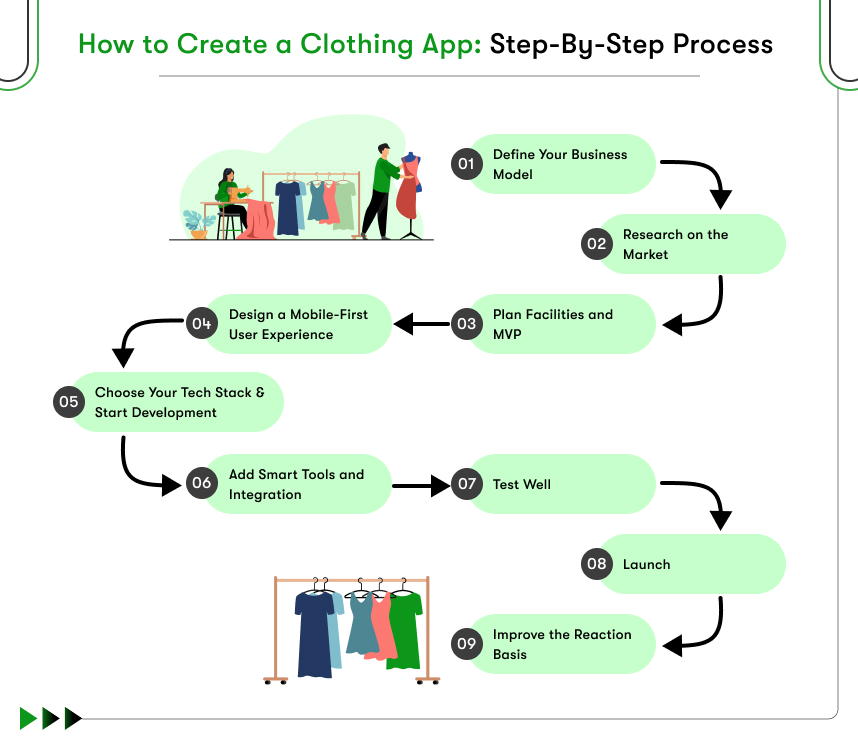
Well-planned clothes selling apps development approach is required to develop an app like ThredUp that mixes a business strategy with a spontaneous user experience. Whether you are an imitation of platforms like ThredUp or some unique brand, if you want to Start an eCommerce Business from scratch, it is described here how to start a used clothing business that provides results.
1. Define your business model
Start by deciding whether your app will be a peer-to-peer marketplace or a managed resale platform. Define your revenue currents – communication, subscription, featured listing, or service fees. A clear business model guides every decision from features to modification. ThredUp business model is one such example.
2. Research on the market
Analyzing the top platforms will give insights into user expectations, feature gaps, and design trends. Get to know your particular market niche, e.g., vintage or luxury or children’s fashion, and find out how your potential target users behave. It determines the basis for your product.
3. Plan facilities and MVP
Core functions of your app: – user profile, product listing, smart search, payment integration and an administrator dashboard. Start with an MVP (minimum viable product) to launch faster and gather feedback. Advanced facilities like AI, Loyalty Programs or Bulk Offers can come later.
4. Design a mobile-first user experience
Cooperate with UI/UX designers to make clean, easy and responsible layouts. Ensure spontaneous navigation, clear item presentation and a friction-free checkout process. Equipment such as figures helps prototypes before development starts.
5. Choose your tech stack and start development
Cross-platform mobile apps, and use a flute or reaction native for larvae, node.JS, or Django for backend logic. Struggle with your app in modules for integration such as users, vendors, administrators and payment gateways and shipping APIs.
6. Add smart tools and integration
Include features like AI for price tips, the third-party equipment for automatic background removal and payment and logistics for product images. These users increase experience and reduce manual workloads for vendors.
7. Test well
Play functional, safety and purpose tests on equipment. Test the application for bugs and fix them so that everything runs smoothly before launch. An app with polish exists from the first day to instill confidence.
8. Launch
Put your app on the app store and start with targeted marketing campaigns. Use analytics to monitor user activity, drop-off points and conversion rates. This data will direct future reforms.
9. Improve the reaction basis
Collect the user response to identify the post-launch, what works and what does not do. Use insight to refine your features, fix problems and release updates that keep your app competitive and user-friendly.
Cost to Develop an App Like ThredUp
The eCommerce app development cost for an app such as ThredUp depends on many factors, including the app complexity, design requirements, tech stacks and your development team location.
Major cost factor
A) Features and functionality: The cost of a basic resale app is lower than a fully managed platform with AI, logistics and automation.
B) Design: Custom, mobile-first adds to UI/UX design investment.
C) Technology Stack: Cross-Platform Framework such as pulsation low cost; It is increased by integrating AI and API.
D) Team location: Rates per hour vary- $ 100- $ 200 (US/UK), $ 40- $ 80 (Eastern Europe), $ 25- $ 50 (India).
Estimated cost to develop an app like ThredUP
| Scope | Estimated Cost (USD) |
| Basic MVP | $25,000 – $45,000 |
| Mid-level App (AI + Shipping) | $50,000 – $80,000 |
| Full featured like ThredUp | $90,000 – $150,000+ |
These estimates include design, development, testing and launch. Post-launch maintenance is usually 15–20% of the total cost.
Technology Stack for Second-Hand Clothes Selling Apps Development
Frontend
Quick delivery from a single codebase using React Native to build a cross-platform mobile app. This framework speeds up second-hand clothes app development without compromising native performance and a silky UI.
Backend framework
Node.JS and Laravel API are the go-to options for handling logic and marketplace operations. Of course, for any heavy AI/ML ability and structured workflow needed in your app, Django will do just perfect.
Database
MongoDB for good control over dynamic product data; on the other hand, PostgreSQL transactions are good to go for operational maintenance and data integrity.
Cloud solutions and hosting
Cloud platforms such as AWS, Firebase, or Google Cloud provide tools for scalable infrastructure, efficient, real-time database and analysis, storage and push notifications.
AI with privatization
Use TensorFlow or pre-eminent AI API in implementing intelligent features such as price prediction, image tagging and personal recommendations based on user behavior.
Search engine
Use outgoing materials to make elastic search to ensure faster and accurate product search with filters, sorting and keyword tips.
Integration of payments and logistics
Utilize Stripe or PayPal for secure transactions, linking with Shippo or EasyPost to generate labels and track orders.
Notification and communication
All the updates and promotions are sent using SendGrid for emails as well as Firebase Cloud Messaging for push notifications.
With this modern-day flexible stack, you can build a feature-rich and scalable second-hand clothing app that can suit growth with its user base.
Monetization model for Thrift Shopping Apps
In order to build a permanent and beneficial other -handed clothing platform, it is necessary to apply flexible monetization strategies. Below are the most effective revenue models used in the development of successful clothes sales.
1. Sales commission
Charge one percent fee on each successful transaction between vendors and buyers. It is the most common and scalable model for the marketplace, as it directly aligns your revenue with APP activity. You earn only when the sellers create a fair and performance-based ecosystem.
2. Premium listing and paid promotion
Allow sellers to pay for increased visibility by giving you the specialty of their items on the homepage Hindola, search results or curate collections. These promotional items can significantly increase ideas and sales, making them attractive to severe or high-length vendors.
3. The seller membership plan
Grants monthly or annual memberships to sellers that open up features such as unlimited listings, priority support, detailed sales analytics, or substantially lower commission rate appraisals. The model creates a recurring revenue stream and successfully keeps power vendors working on your platform.
4. Shipping and handling fees
Integrate shipping in your platform and add a service fee at the top of the actual shipping cost. You can also provide premium delivery options (e.g., express shipping) or branded packaging as a payment add-on when generating additional income.
5. In-app wallet and store credit
Apply an in-app wallet where users can store income, return credit or referral bonuses. When using store credit, shops use wallet balance and offer discounts. It keeps rotating money within the app and encourages the purchase of repeat.
6. Sponsored materials and brand cooperation
Participated in brands or moral fashion labels to run a sponsored banner, product placement, or material campaign within your app. This not only creates a new revenue stream but also strengthens the identity of your brand in a permanent fashion place.
Final Thoughts: Build Your Own Sustainable Fashion Platform
The resale fashion market is no longer a niche-it is a mainstream, mission-driven movement. Consumers are actively selecting second-hand fast fashion, and the opportunity to create a platform which is both profitable and durable is stronger than ever.
Investment in the second-hand clothes app development includes not only to develop a digital marketplace, but also to build a community around conscious shopping, circular fashion and digital facilities. Whether it is an app such as a ThredUp or a niche resale platform, major materials are smart techniques, user-central design and a clear price proposal.
With the right team and roadmap, your platform may start shaping the future of sustainable fashion on the proposed item at a time.



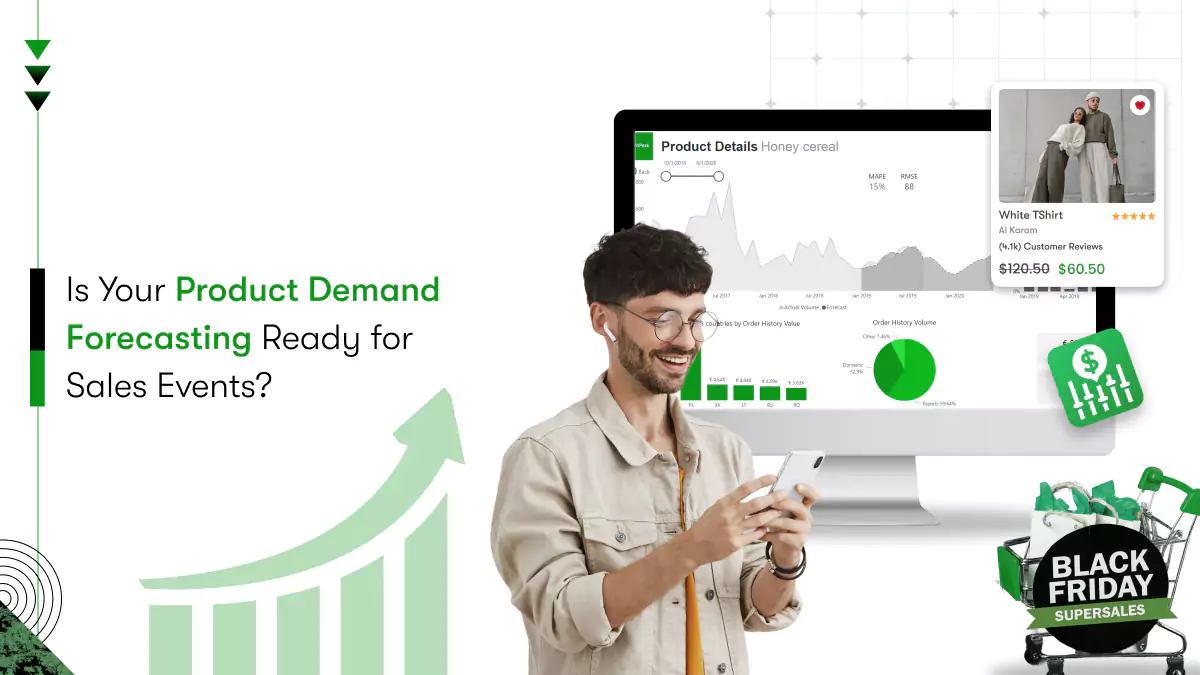
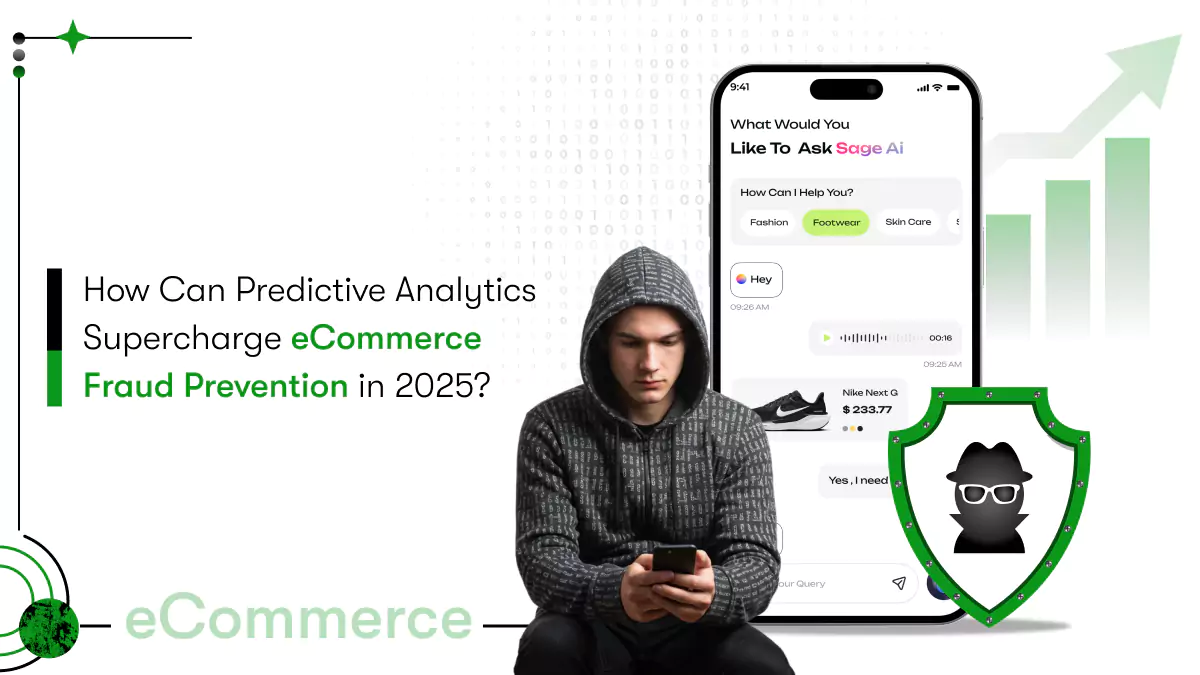
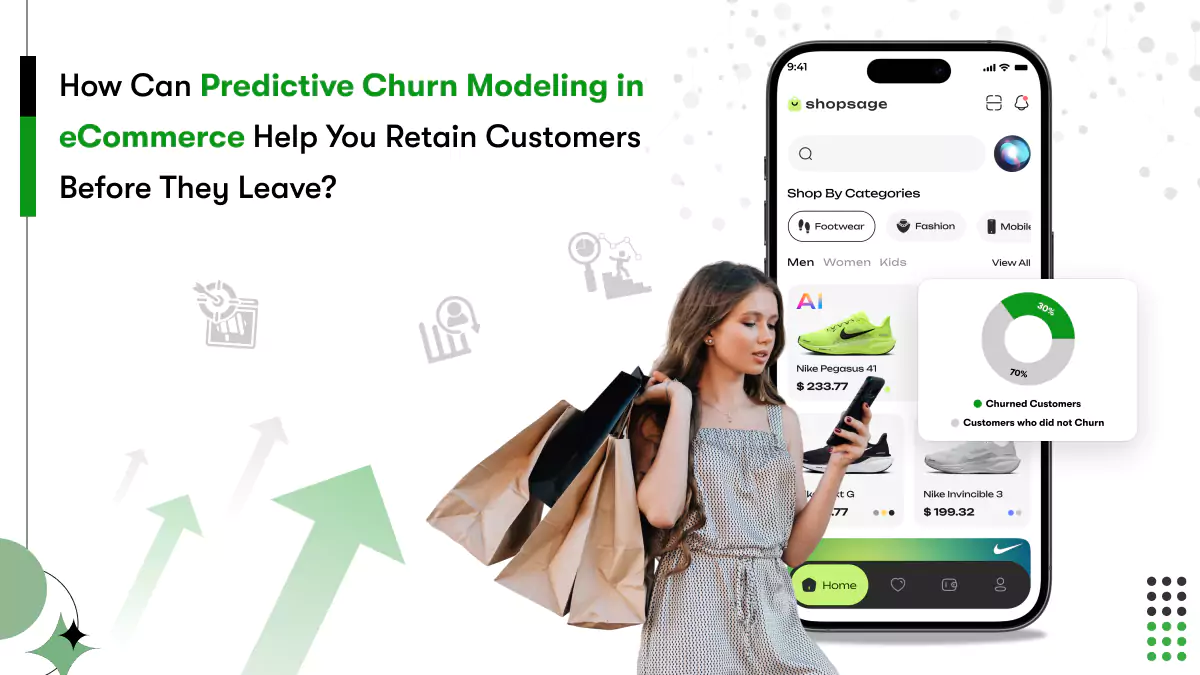
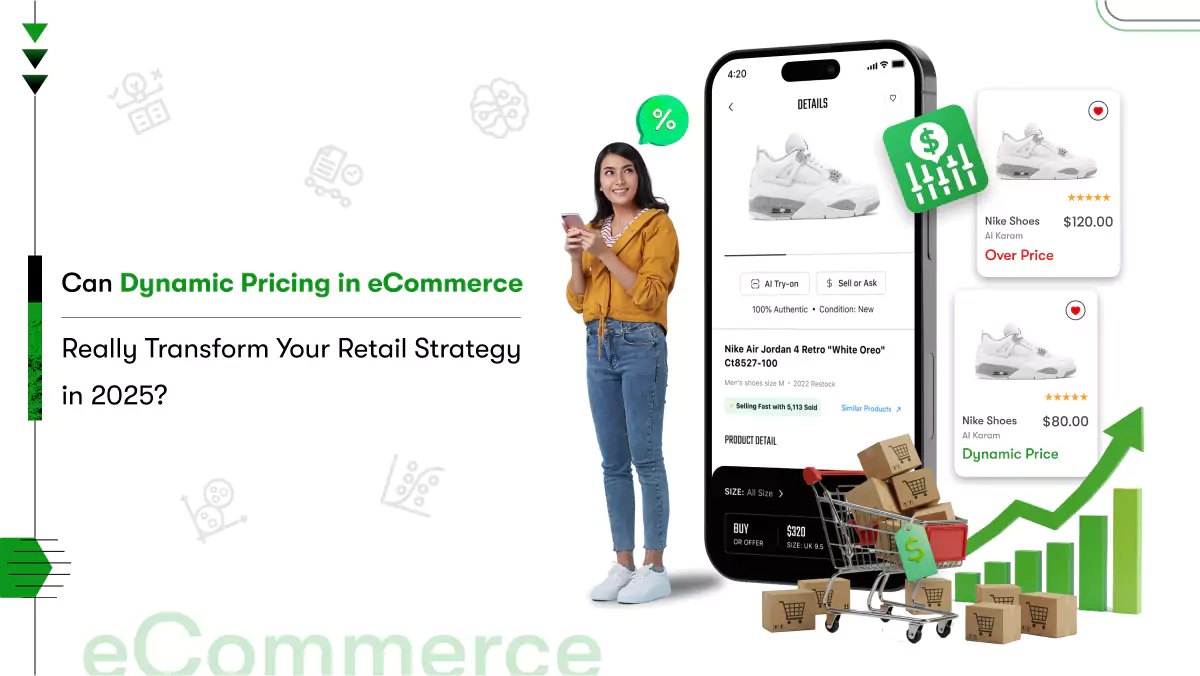






 Contact Information
Contact Information